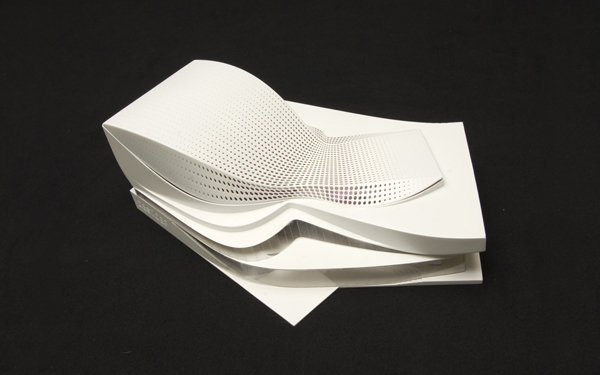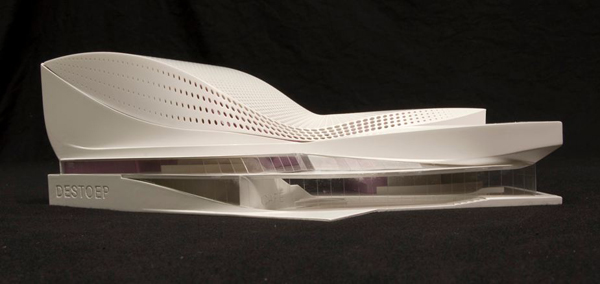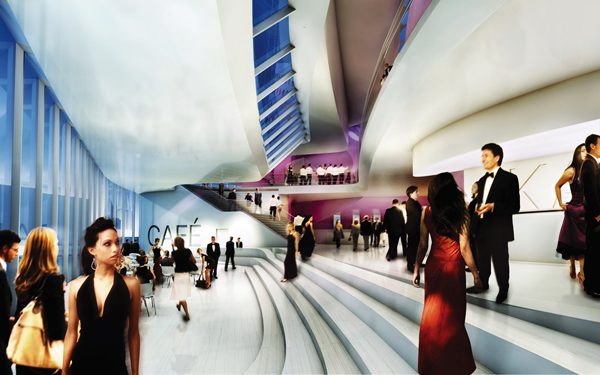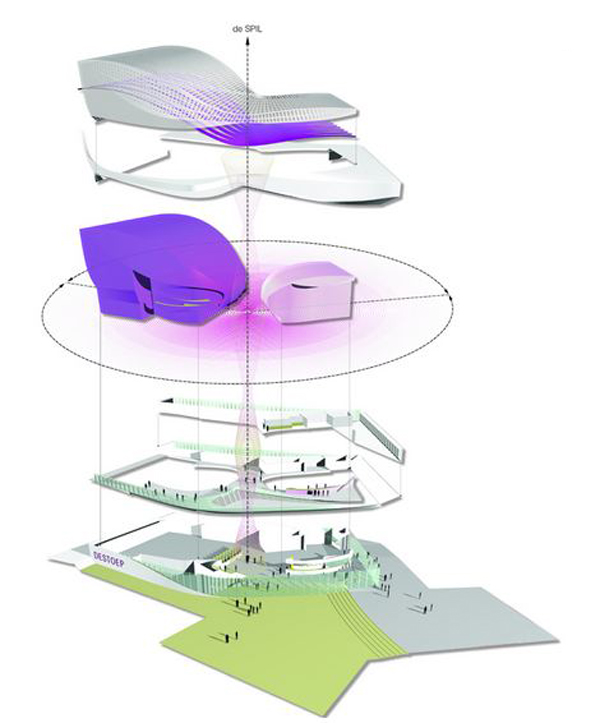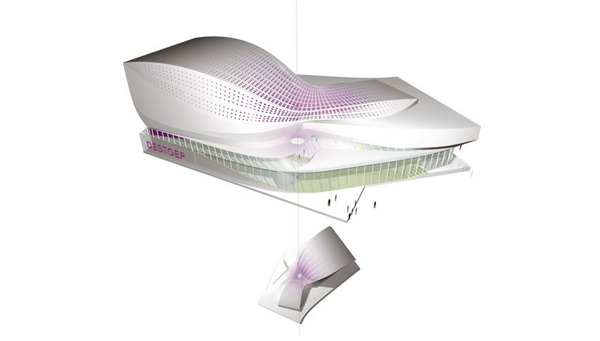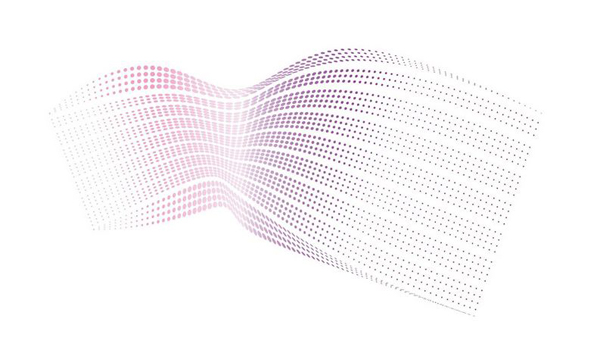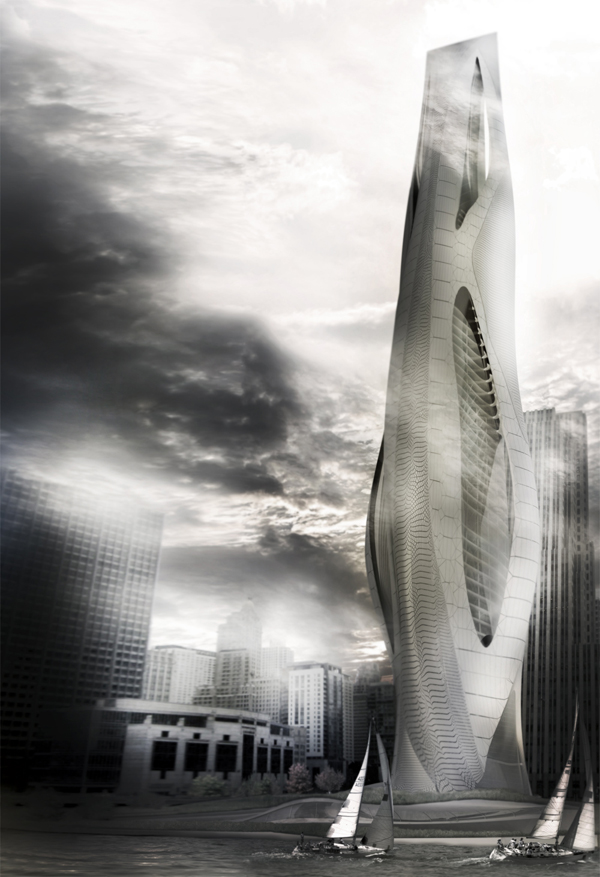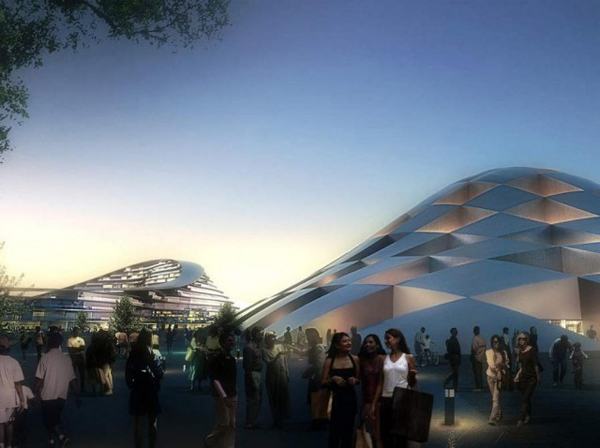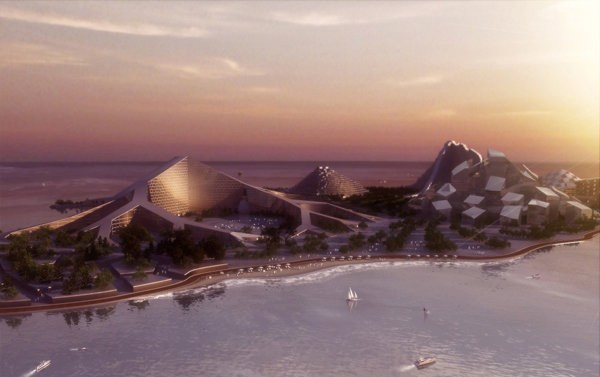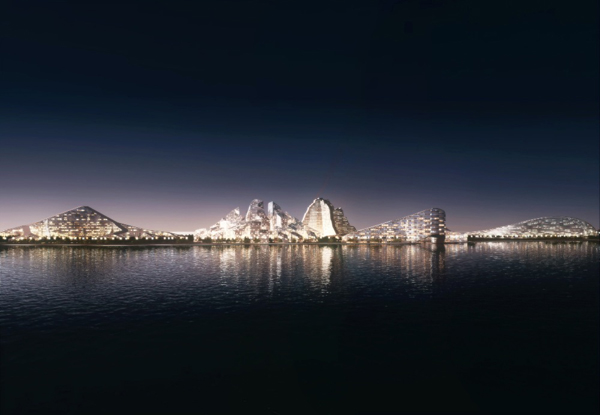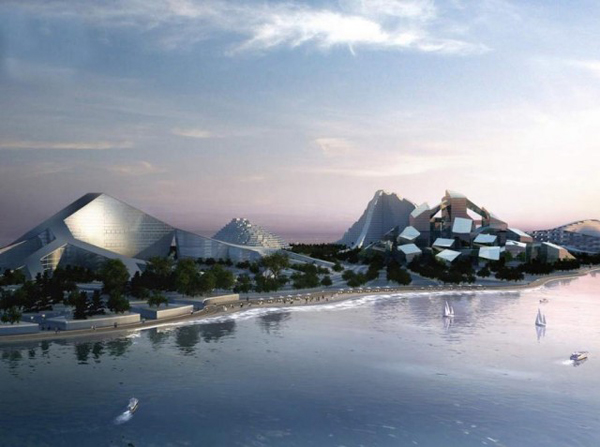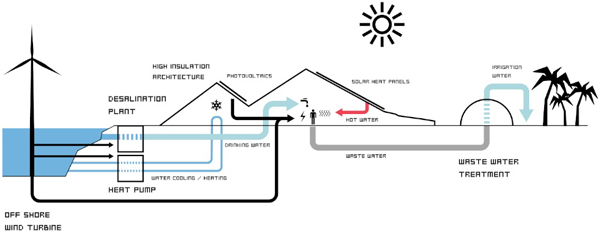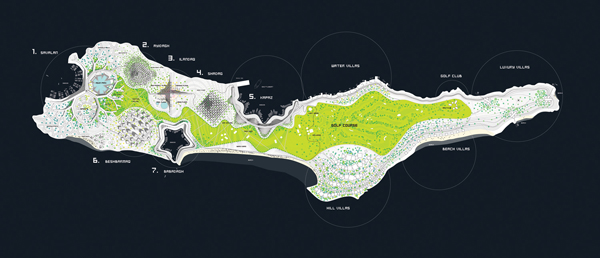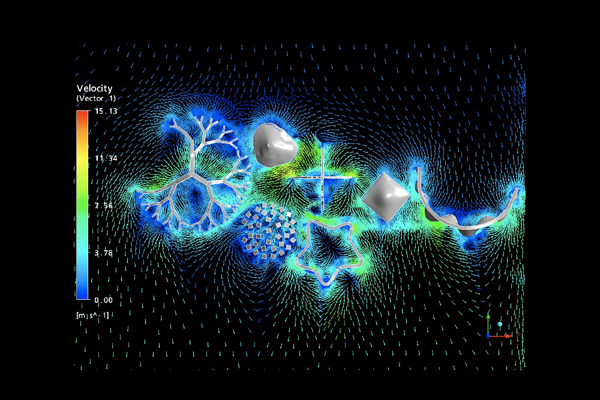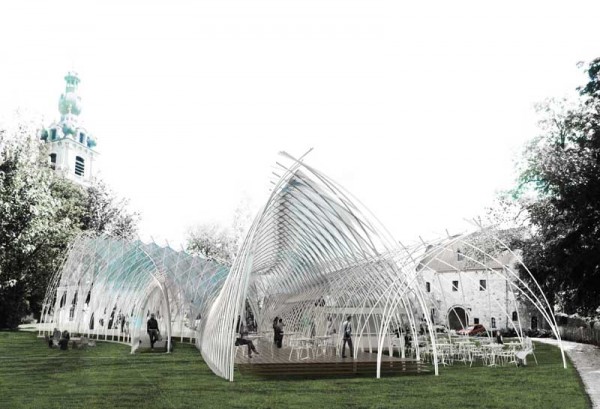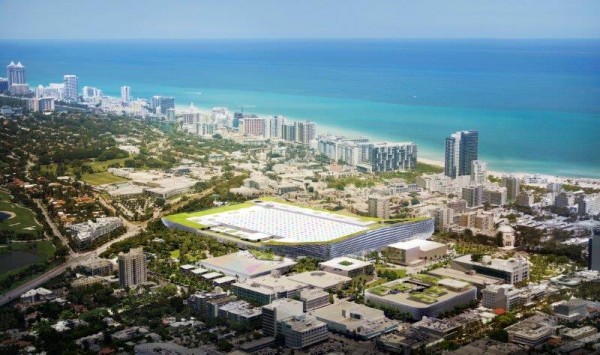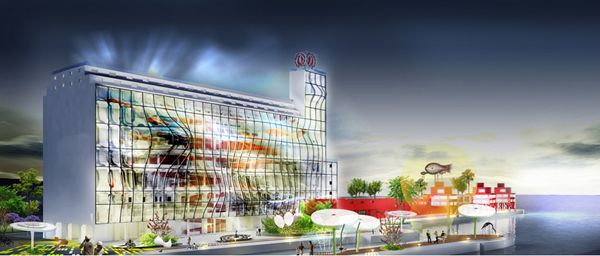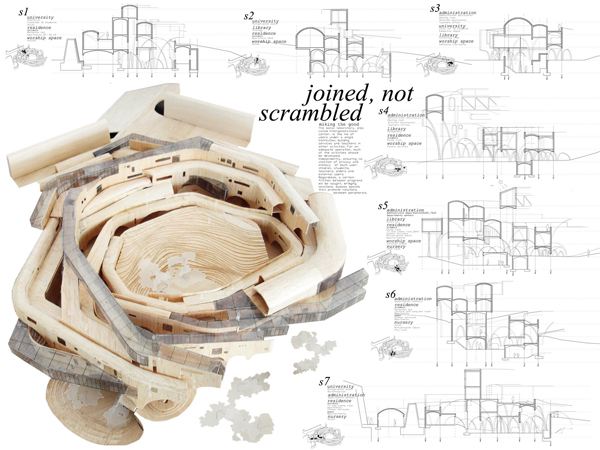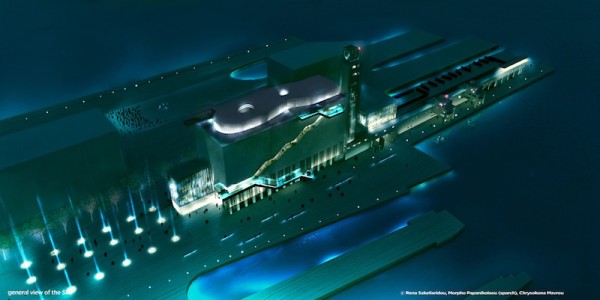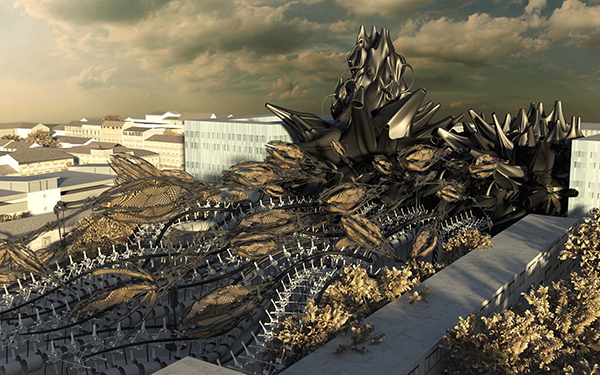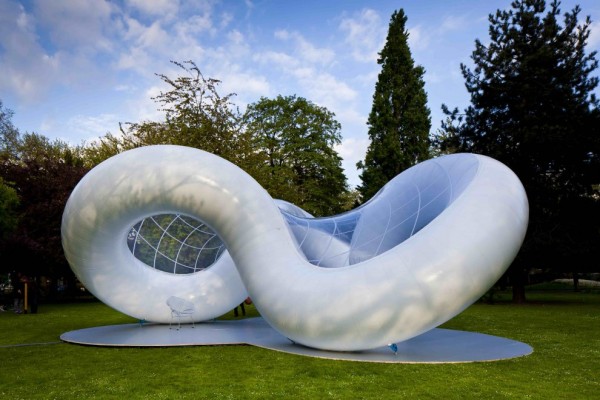The Theater in Spijkenisse, Netherlands, designed by UNStudio, is currently under construction. The greatest issue the architects at UNStudio were dealing with was the placement and the orientation of the theater building in the urban location, in order it fits the surrounding and at the same time provides all the necessary architectural solutions for programming, functional needs.
The thoughtful distribution of the programs within the building was required in order to enable efficient routing through the theater. The very design and the placement of some volumes of the building take advantage of the natural variations in the ground levels of the site.
The visitors, coming from the outside – the public square and from the foyer, are pretty much directed by the two main theater spaces positioned to receive the flow. When in foyer, the sculptural stairway forms the binding element, further directing the audience to the theater rooms. The theater cafe is designed as a third theater, in the form of an amphitheater, and is located adjacent to the nearby water.
The double curvature of the roof of this theater building is smoothing the transition from the ground to the built structure, therefore minimizing the impact the building has done to the surrounding urban tissue. That artificial “landscaping” is further translated into the interior – the ceilings are matching the roof, creating almost dune-like ambient. This elegant and unique landmark piece of architecture is a statement design and a new meeting point, which completes the waterfront of this Dutch city.


